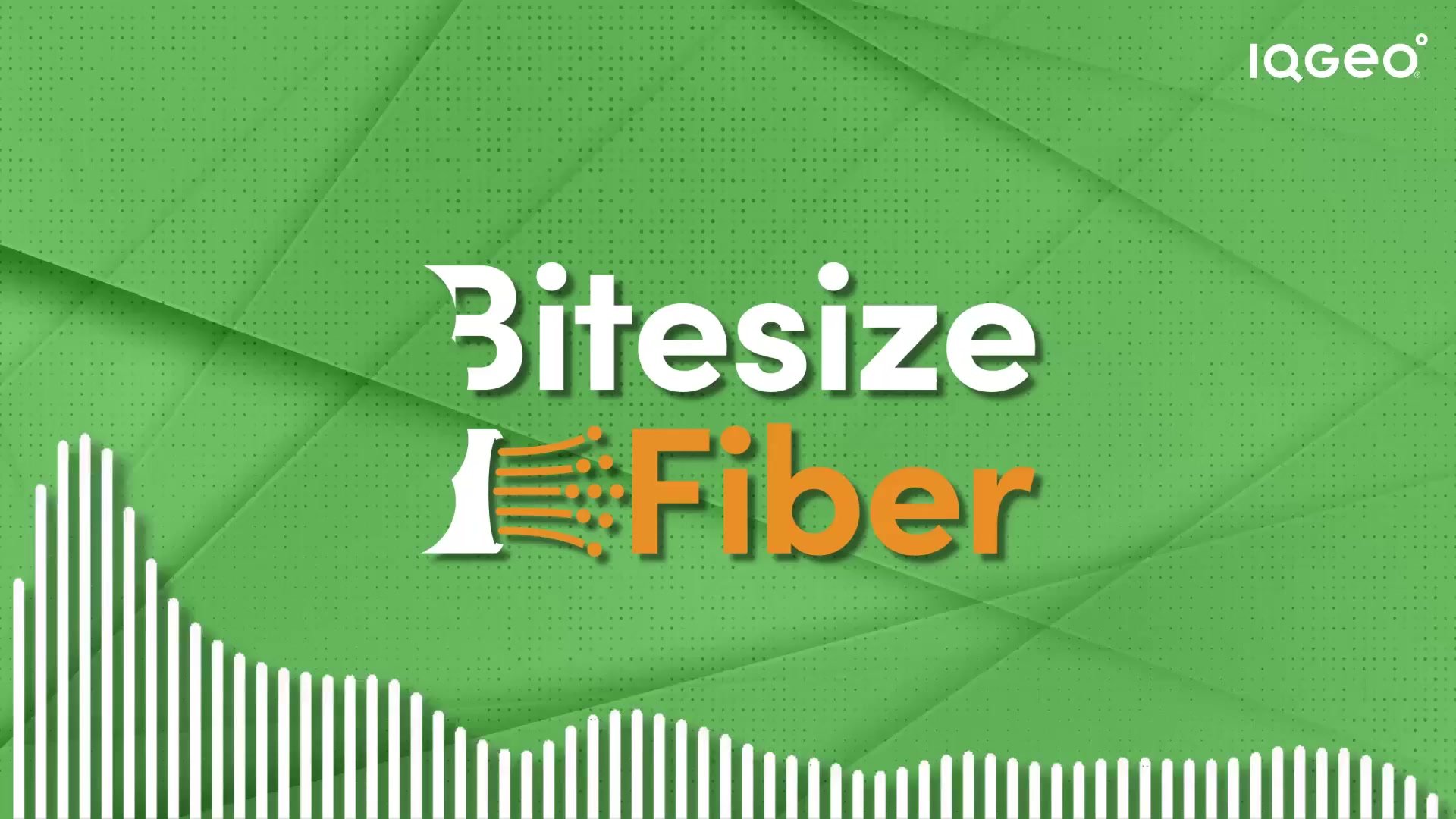Developing a fiber network is an expensive undertaking. Between purchasing materials and components, hiring labor, installing circuits, and marketing to potential customers, costs can add up quickly.
Smaller developers such as internet service providers (ISPs), satellite providers, electrical cooperatives, and incumbent local exchange carriers (ILECs) often struggle to compete. In highly competitive markets it’s difficult to justify making the capital investments needed to deliver high-speed broadband to subscribers, especially in areas with low population densities.
Fortunately, there are public funding opportunities in the U.S. to help fiber network developers cover their initial startup costs. These funding programs lower the financial barrier to entry and accelerate profitability, allowing more companies to compete for subscribers with high-quality broadband services.
The public funding imperative for fiber development
The U.S. federal government is willing to provide financial support for fiber development in certain geographies because of the growing digital divide between urban and rural areas. Millions of people still don’t have access to critical technologies and information, making it difficult for businesses of all sizes to remain competitive in the digital age.
In practice, this translates into children falling behind in school, residents missing out on government services, and professionals having limited ability to upskill. The digital divide will only grow more prominent as time goes on, which is why the government is stepping in to make it easier for fiber developers to break into new markets that may not have been commercially viable in the past.
Funding sources for fiber projects
For those seeking to increase access to fiber broadband in underserved areas, below are several funding sources to help pay for projects, as well as recommendations on where to turn for guidance.
Rural Digital Opportunity Fund
The Rural Digital Opportunity Fund (RDOF) is a $20B program created by the Federal Communications Commission (FCC) that will disburse funding over 10 years. RDOF funding is designed to incentivize telecom providers to build out fiber-to-the-home (FTTH) networks in rural communities.
RDOF is technology agnostic, which means network developers can use multiple technologies within their infrastructure. However, RDOF favors fiber for its high-speed, low-latency nature. The areas currently eligible for RDOF funding are highlighted here.
Economic Development Administration
The Economic Development Administration (EDA) under the Department of Commerce administers grants to support regional and local broadband projects as part of larger growth initiatives. The entity also provides assistance in scoping out proposals to help grant seekers plan ahead for their submissions.
The Department of Agriculture
The Department of Agriculture provides funding for fiber developments through several Telecommunications Programs.
The Broadband ReConnect Program offers loans and grants to cover costs associated with constructing, improving, or acquiring assets needed to deliver broadband services in rural areas. Corporations, cooperatives, and local government agencies are all eligible to apply.
The Community Connect Program gives financial assistance to developers aiming to facilitate “community-oriented connectivity” that leads to economic growth, better health care, quality public safety, and more. The application window is currently closed, but interested parties can seek additional information from their local General Field Representative.
The Distance Learning & Telemedicine Grants Program supports telecommunications initiatives that promote education and health care in rural communities. While currently closed, the program may be an attractive option for fiber developers who can prove their networks will enhance education or healthcare access.
The Rural Broadband Access Loan and Loan Guarantees Program, while currently closed, provides similar financial support to the ReConnect Program described above. Grantees can put funds towards construction, improvements, and acquisitions that enable high-speed broadband in rural areas.
The Telecommunications Infrastructure Loans and Guarantees Program is an active funding source that supports the expansion of telephone services and internet in rural communities. Awards can go towards new construction, maintenance, improvements, or growth efforts in areas with fewer than 5,000 residents.
Universal Service Fund from the FCC
The Universal Service Fund used to be how the Federal Communications Commission (FCC) subsidized long-distance carriers who “delivered telephone service to low-income households and high-cost areas.” Today, the FCC provides a similar type of financial support through four programs.
The High-cost Program enables eligible companies to recoup some of the costs of bringing modern communications networks to rural geographies. Networks must support voice and broadband service at speeds comparable to those available in urban areas to qualify for funding.
The Low-income Program gives discounts for telephone installations and monthly services to qualifying subscribers. Carriers can obtain financial support to cover some of the costs associated with delivering discounted services. Those interested in receiving funding from the low-income program must be designated as Eligible Telecommunications Carriers (ETC) by the FCC or state commissions.
The Rural Health Care Program enables healthcare providers to upgrade their telecommunications and broadband services in order to provide better care to patients. Through the Telecommunications sub-program within the Rural Health Care Program, healthcare providers are able to obtain funding to close the gap between urban and rural rates for telecommunication services. While this program doesn’t directly fiber developments, some financial support eventually flows to those responsible for maintaining networks.
The Schools and Libraries Program, also known as “E-Rate,” supports internet access, telecommunications services, internal connections, and related maintenance for schools that could not otherwise afford the technology. Like the Rural Health Care Program, E-Rate doesn’t directly fund fiber developments, but it does subsidize costs for other entities to obtain high-speed broadband.
Getting started
The programs summarized above differ slightly in terms of how they enable broadband service delivery. Some are actively seeking new applicants, others are closed, and a few indirectly provide financial aid to fiber developers through intermediaries.
For those interested in acquiring public funds directly to invest in new fiber developments, one of the best ways to maximize the value of any monies received is to work with a fiber funding consultancy or fiber solution provider. These organizations help developers understand how to apply for funding, how they can use funding, and how best to execute their projects.
Next steps for a fiber development project
Before beginning a new fiber development project, it makes sense to explore the funding opportunities that might be open to your business. The U.S. government offers many ways for service providers to lower their cost burden, especially when entering financially challenging markets. Don’t hesitate to reach out to third-party experts who can enhance funding proposals and increase the likelihood of achieving long-term success.
IQGeo customer stories
Visit our customer stories pages to hear from other operators that have successfully deployed their fiber networks.
Similar articles:


 Previous
Previous







